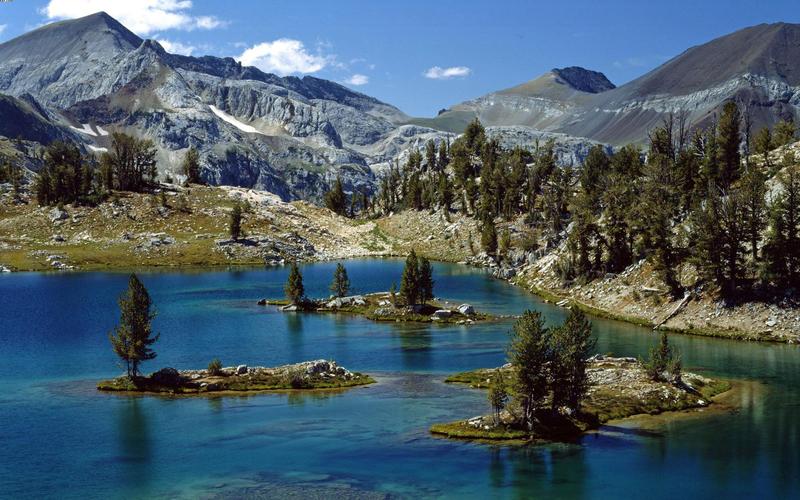Moose vs Person: Understanding the Comparison
Moose are large, majestic animals that are commonly found in the northern regions of North America and Europe. These animals are known for their impressive size and strength, and they are often the subject of comparison with human beings. Moose are fascinating creatures, but there is still a great deal of confusion around how they compare with people. In this article, we will take a closer look at moose vs person and gain a deeper understanding of the comparison.
Introduction
To begin, let’s quickly explore what exactly the comparison of moose vs person means. The comparison is simply a way to understand the physical and behavioral differences between moose and human beings. It is not meant to be taken as a competition or a contest, but rather as a way to appreciate the unique characteristics of each species.
Body
Physical Differences
Moose are much larger than humans, with the average adult male weighing around 1,100 pounds and standing over 6 feet tall at the shoulder. In contrast, the average adult human male weighs around 160 pounds and stands around 5 feet, 9 inches tall. Moose have massive, powerful muscles throughout their bodies, making them incredibly strong and resilient animals.
Another major physical difference between moose and humans is their antlers. Only male moose have antlers, which can grow up to 6 feet wide and weigh over 40 pounds. These antlers are used during mating season to attract females and defend their territory. In contrast, humans do not possess antlers or any other natural defensive or offensive tools.
Behavioral Differences
Moose are known for their skittish behavior around humans, and they can be dangerous if they feel threatened or cornered. Moose have been known to charge at humans who get too close, so it’s critical to keep a safe distance when encountering these animals in the wild. In contrast, humans are generally more curious and less aggressive than moose when encountering other species.
Moose are also more solitary creatures than humans, spending much of their time alone or in small family groups. They are herbivores, eating a mostly plant-based diet of leaves, twigs, and bark. Humans, on the other hand, are social creatures that thrive in large groups and consume a varied diet that includes both plants and animals.
Case Studies
One fascinating example of the comparison between moose and humans is the Moose Hide Campaign, which is a grassroots movement started by Indigenous men in Canada. The campaign is aimed at raising awareness of violence against women and children and aims to encourage men to take active steps to end such violence. The campaign highlights the strength, resilience, and protective nature of moose, which are qualities that are also present in many men.
Another example of the comparison between moose and humans can be found in the sport of moose calling. Moose calling is a hunting technique that involves mimicking the sounds of a female moose in heat to attract male moose. While this practice may seem unusual and even controversial, it is a testament to the unique and impressive traits of these animals.
Conclusion
In conclusion, the comparison of moose vs person is not meant to pit one species against the other. Rather, it is a way to appreciate and understand the unique characteristics of each species. Moose are incredibly strong and powerful creatures with impressive physical attributes, while humans are social, curious beings with intelligent minds and dexterous bodies. By gaining a better understanding of the comparison between moose and people, we can gain a deeper appreciation for both species and the natural world around us.
(Note: Do you have knowledge or insights to share? Unlock new opportunities and expand your reach by joining our authors team. Click Registration to join us and share your expertise with our readers.)
Speech tips:
Please note that any statements involving politics will not be approved.
